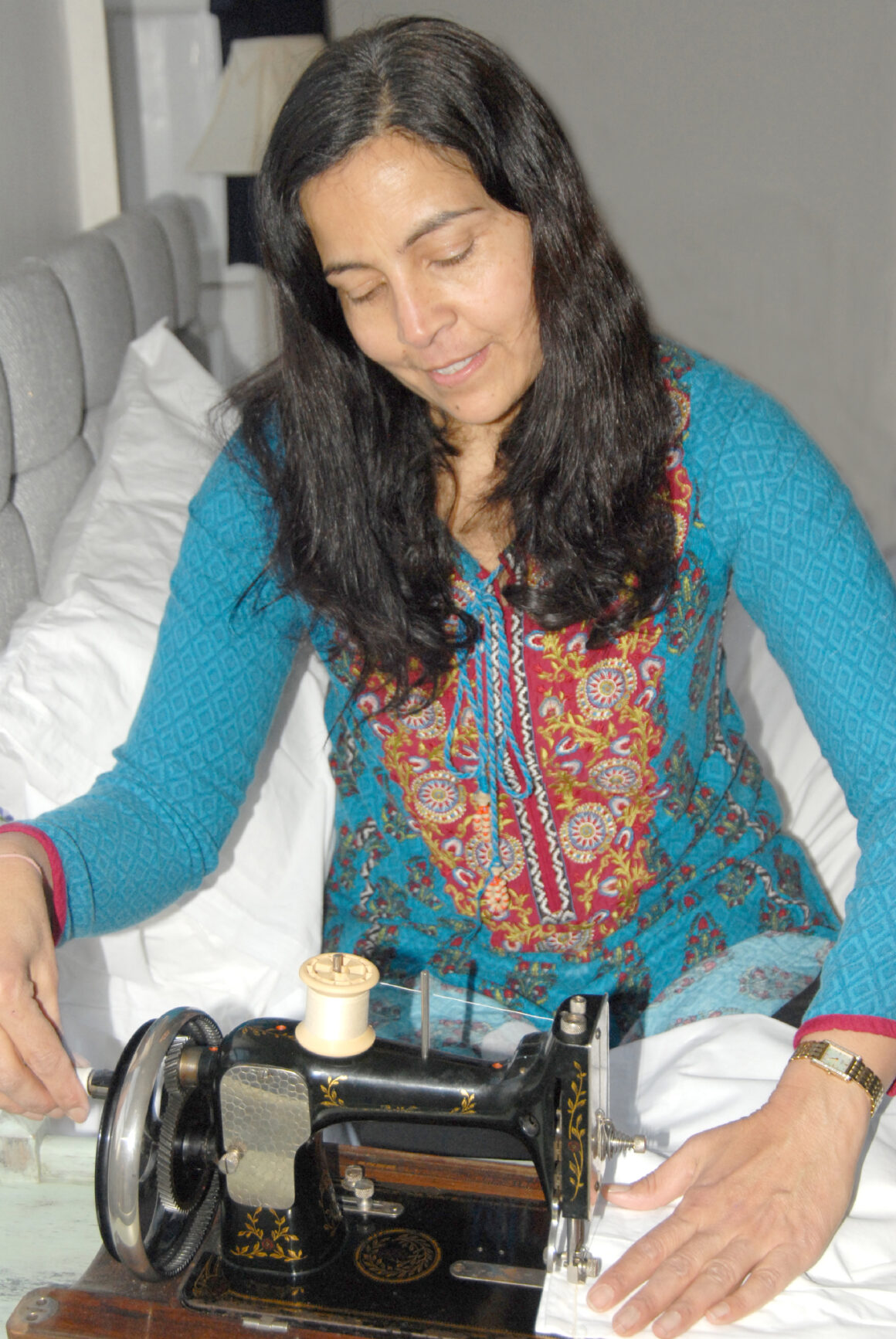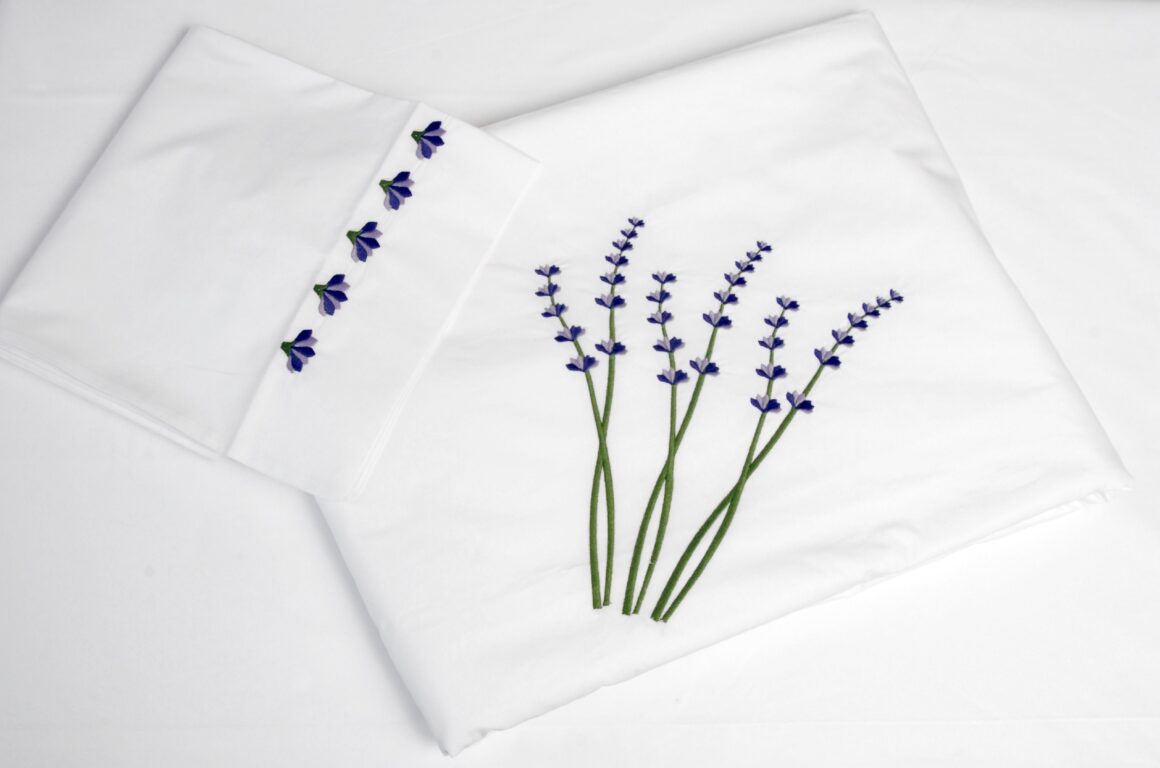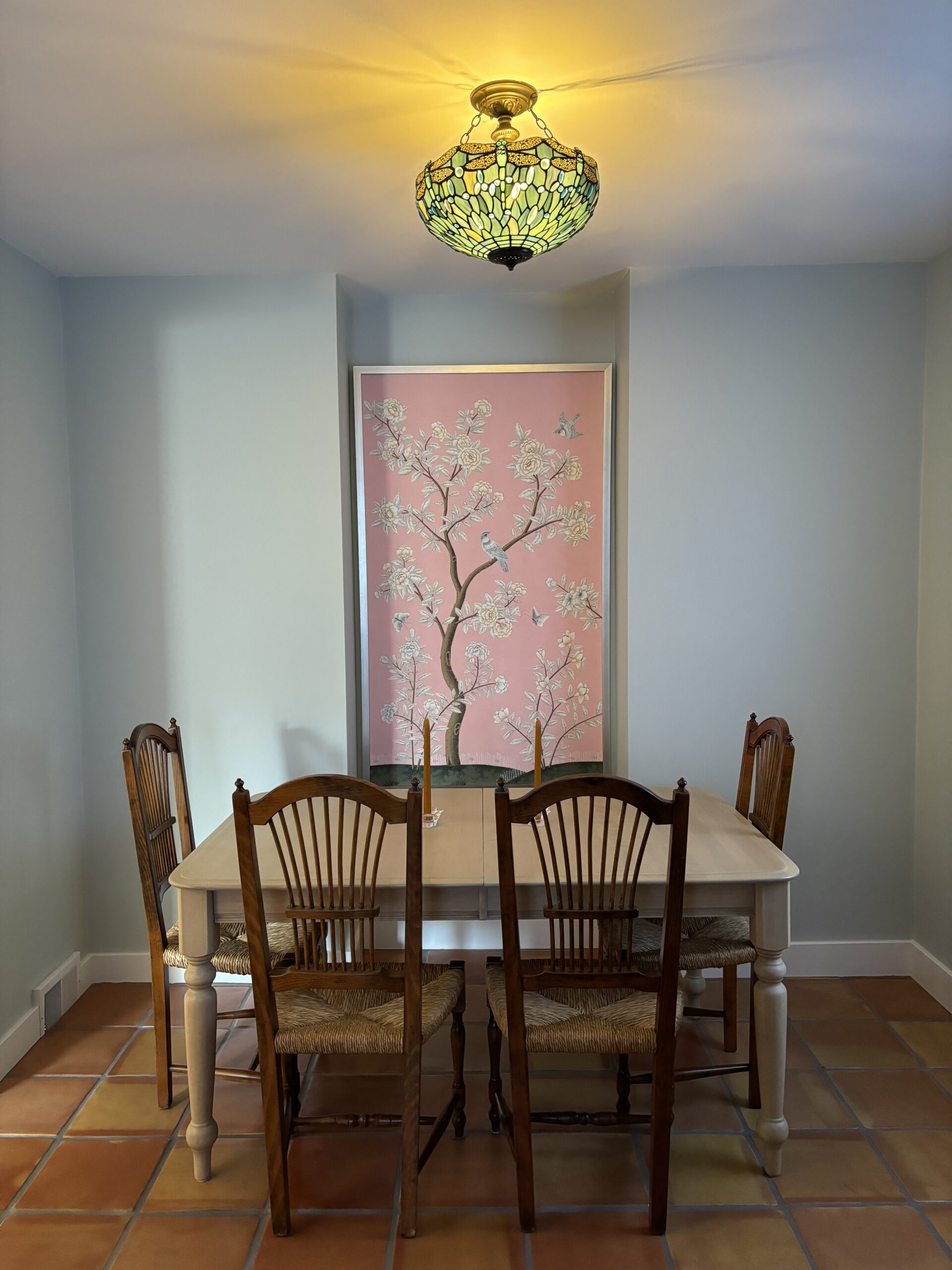By choosing certified organic cotton or GOTS (Global Organic Textile Standard) over regular cotton, you ensure that no toxic chemicals have been used in the farming or manufacturing of your bedding. This means your purchase is not damaging to the environment or the people involved.
Sleep Organic recognizes the potential harmful effects of sleeping day in and day out on regular cotton, a fabric that contains pesticides and dangerous toxins. Instead, Sleep Organic provides beautifully crafted organic cotton bedding that is safe, luxurious, and fairtrade. As an added bonus, each product is packaged in organic cotton bags, which are made from off-cuts from the bedding and delivered in sellotape-free, self-sealing FSC-certified cardboard boxes!
After personally experiencing the products, more specifically the sateen cotton fabric pillowcase, which is silky to the touch, remains cool throughout the night and is embroidered with the most adorable Robin Red Breast, we had the opportunity to speak with Co-Founder of Sleep Organic, Nisa Shah for the latest issue of Deliberately Considerate publication.

When was the company developed?
My love of bedding and textiles began when I was a young girl. I used to help my mother make duvets, pillow covers and beds too. It was an experience that I value deeply. My passion for textiles and bedding took form in 2017, which is when the brand was founded after the sudden passing of my mother. She was very creative and a mindful entrepreneur who never wasted any materials. This was her ethos or policy of which she lived. Our Bano Classic range is in her name and a tribute to her. Sleep Organic is a certified organic by GOTS and Fairtrade UK Registered business. Our mission is not to harm the planet or people.
For those unaware- could you please discuss the difference- both environmentally and healthwise between cotton and organic cotton?
The differences are immense, but the main difference is that organic cotton is produced/grown without the use of harsh chemicals and pesticides. Chemically grown or traditional cotton uses a great deal of water. Chemically grown cotton is responsible for 69% of water consumption in textile fabric manufacturing. One kilogram of cotton takes as much as 10,000-20,000 litres of water to produce, so you can get a sense of the severity of water consumption.
It is important to remember that the majority of cotton is grown in countries that are already facing severe water shortages. The use of pesticides and fertilizers accentuate these issues. Chemically grown cotton accounts for 16% of pesticides used globally. These practices are extremely damaging for the environment as they can pollute bodies of water and habitats, not to mention they can be detrimental to the long term health of farmers and consumers.
On the other hand, organic cotton farming does not use toxic heavy metals, formaldehyde, aromatic solvents, nano-particles or genetically modified organisms (GMOs). This means noxious chemicals and toxins are not entering the biosphere when organic cotton is produced. Our atmosphere and water is not being polluted. Organic cotton is far more friendly to countries with water shortages – its production uses 91% less water. The welfare of cotton workers is improved because they are not being exposed to harmful substances and pollutants that are normally used in industrial cotton farming.
Organic cotton farming ensures that the fields to factory social criteria is met in accordance with the International Labour Organization. Growing organic cotton is much more ethical. The Global Organic Textile Standard (GOTS) is a certification body, which supervises organic cotton farming and manufacturing. Buying certified organic cotton is very important. There are products that claim to be organic, but are not certified by GOTs and therefore might not be truly organic.
Also could you speak to the pushback that consumers might have on purchasing sustainable from a price point perspective?
The truth is, organic cotton is cost effective. By purchasing organic bed linen, you will be saving money in the long run due to the high quality, durability, and multiple benefits to your health and the environment. Choosing organic cotton is a wise choice for people and the planet.
How do you pick the artists to collaborate on designs for Sleep Organic?
We work with artists who are passionate about the environment, sustainability, and whose designs are inspired by nature’s abundant beauty. Our artists are international, reside locally, and are interested in interior design and textiles. This diversity creates an enriched and interesting collaboration experience.
Check out Sleep Organic Co-Founder, Dr Chris Murphy speaking at the Ethical Corporation’s Reuters-sponsored webinar on “Traceability & Visibility: Successfully Map and Monitor Across the Tiers” here
Follow on Facebook @mysleeporganic, Twitter @organic_sleep, and Instagram @sleeporganics







